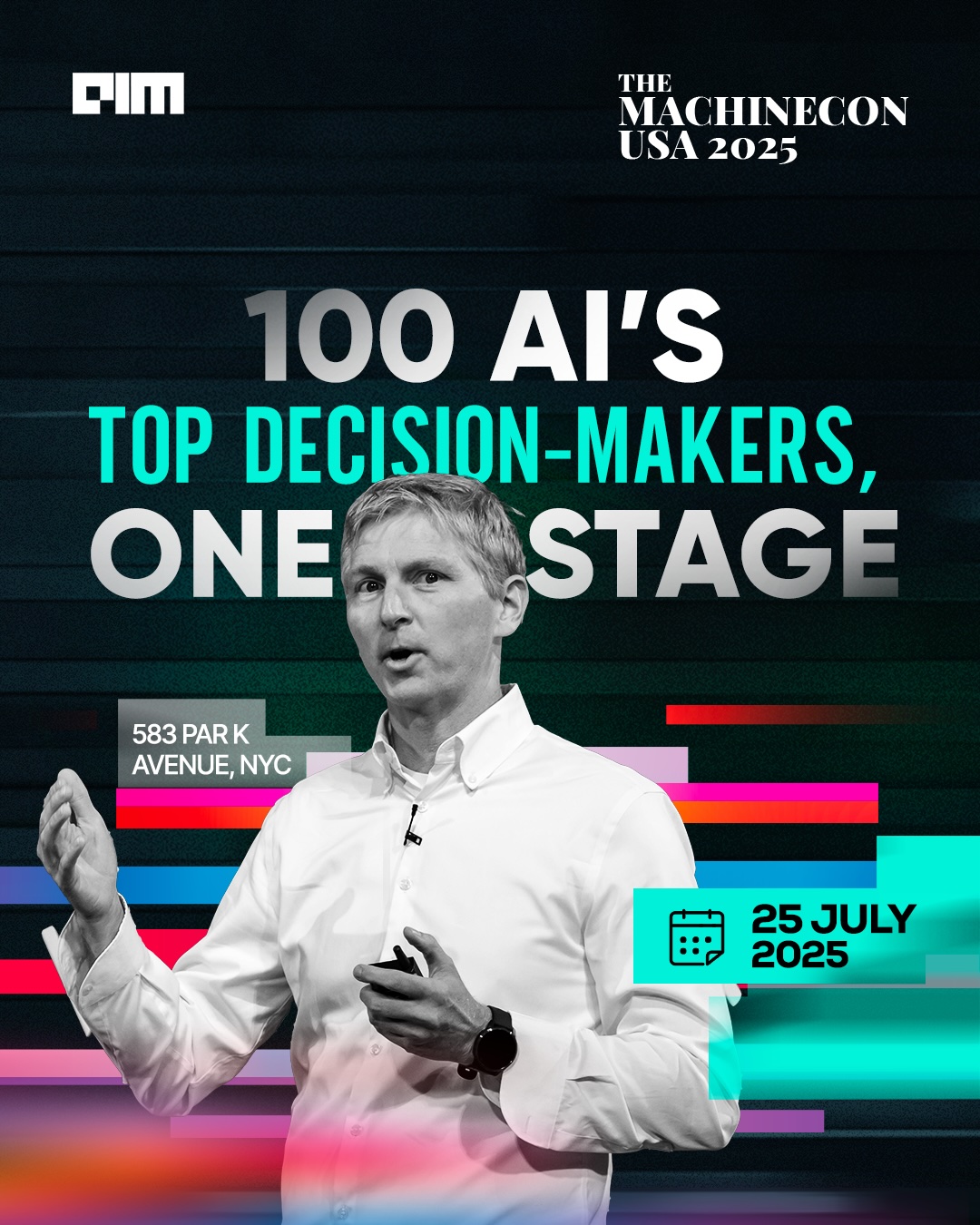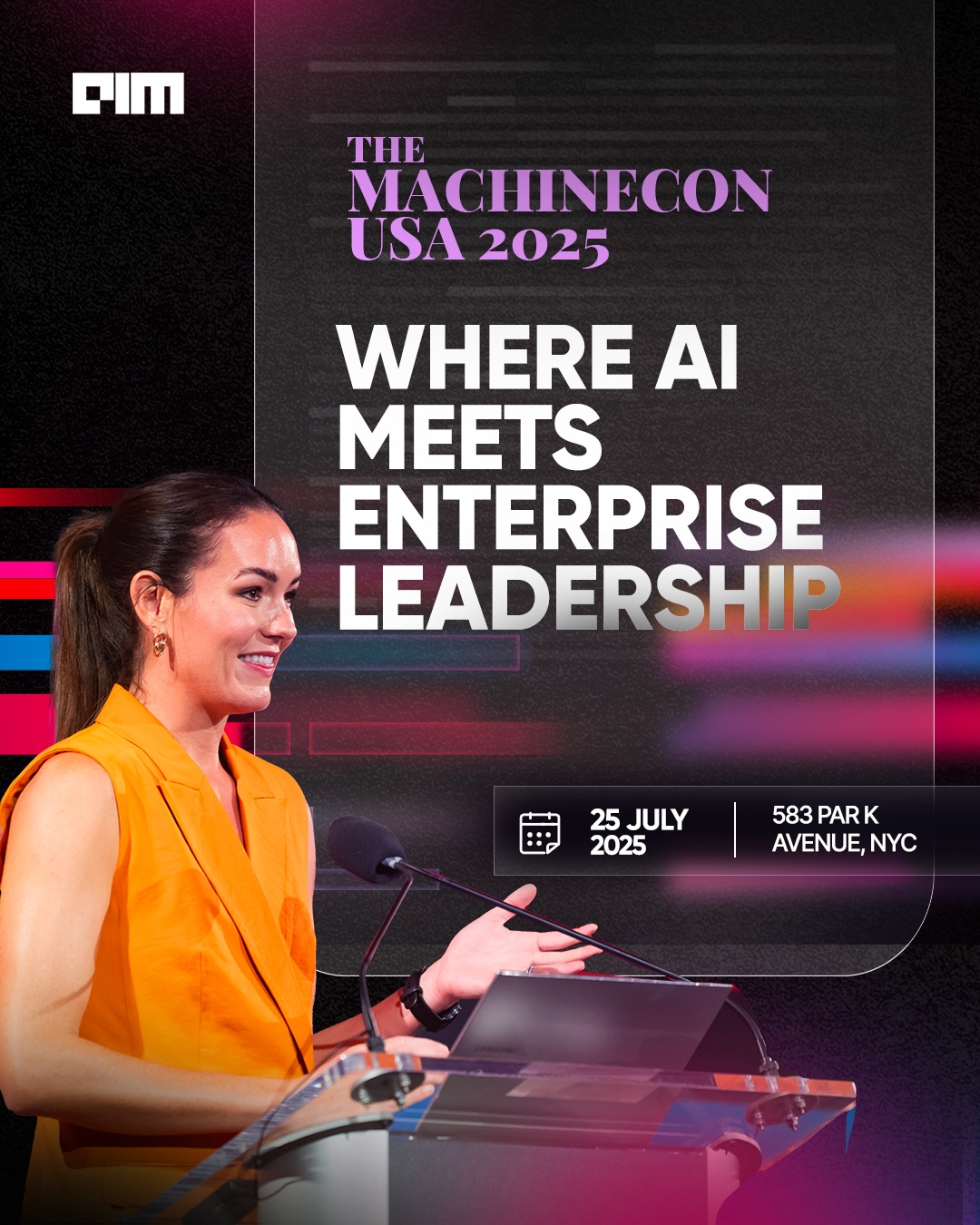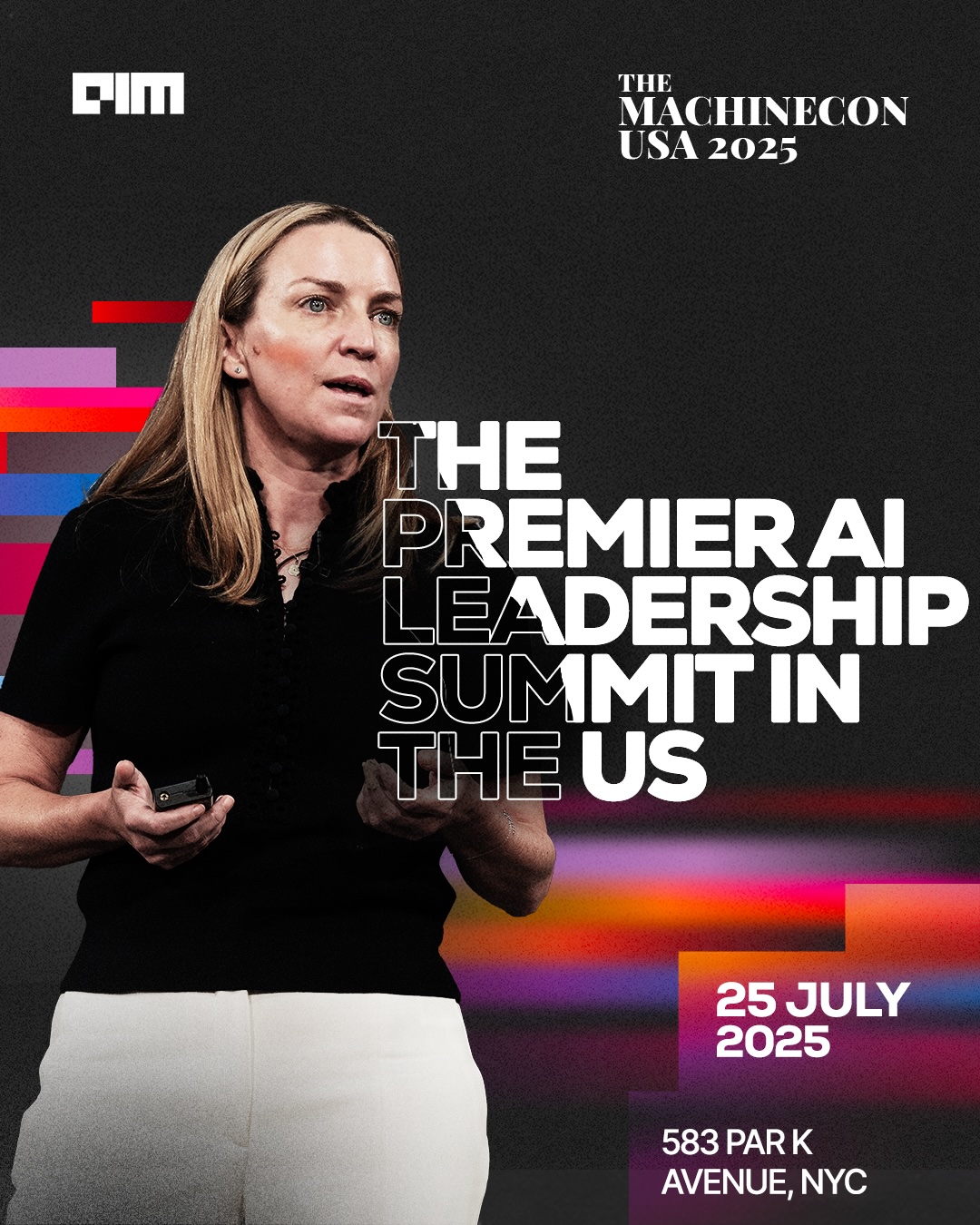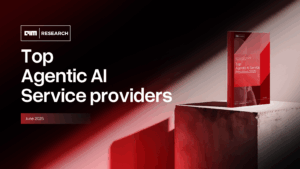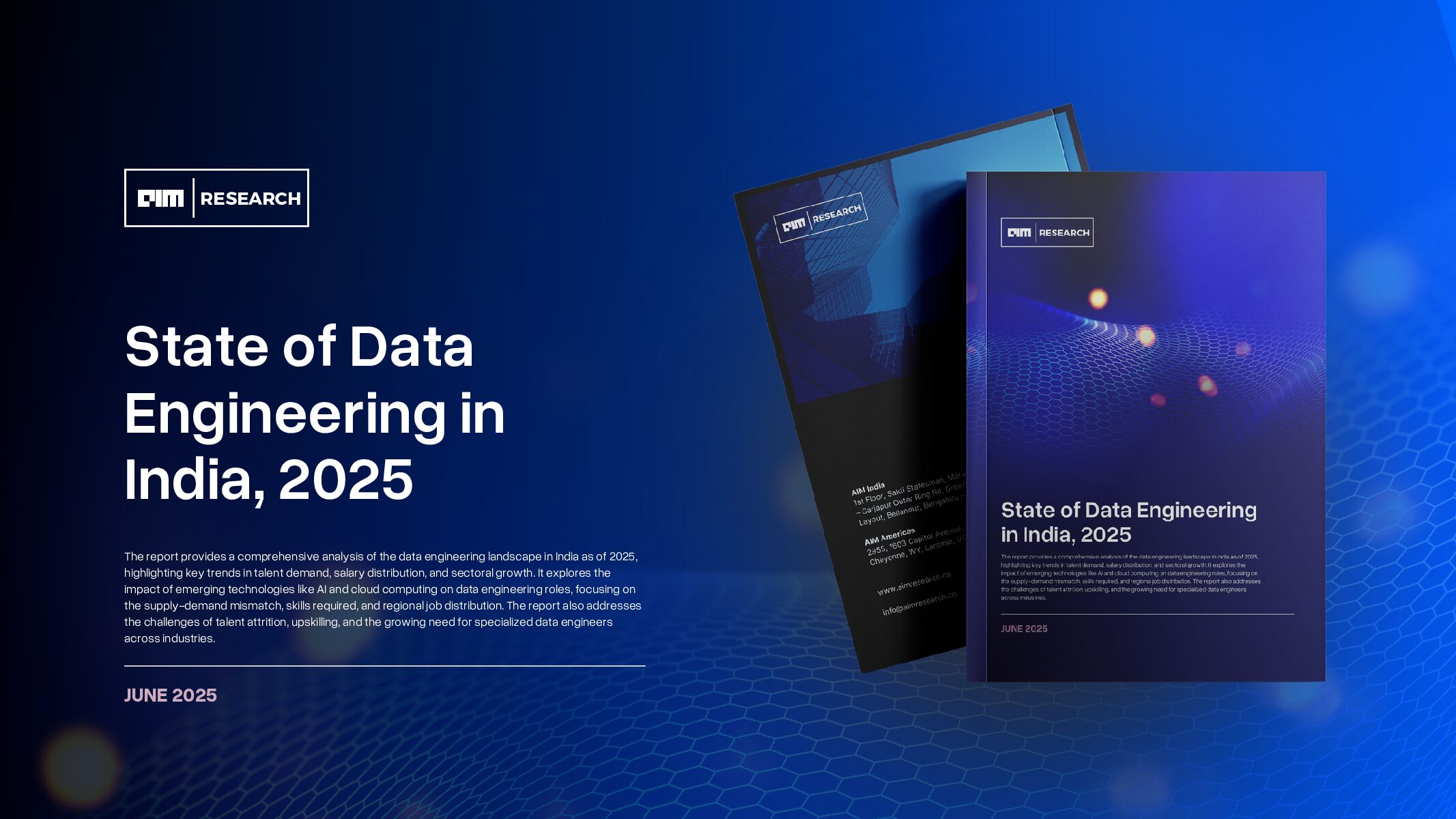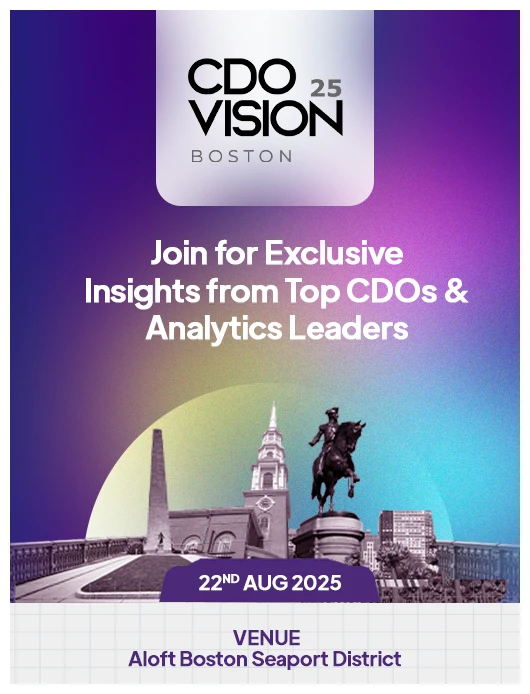As the relentless pace of technological innovation continues, Generative AI (GenAI) and Large Language Models (LLMs) are leaving indelible marks – they’re not merely causing ripples but creating tidal waves of change. These advances are particularly significant in regulated industries such as banking, healthcare, and insurance. These industries are data-laden, often dealing with vast amounts of unstructured and latent data that, to date, have been challenging to leverage fully.
The adaptation to this groundbreaking technology is no longer a matter of casual strategy talks, but a vital operational imperative. The customary timelines of years for adopting new technologies have been condensed into months. This urgency is fuelled by the potential of GenAI to fast-track the digitization process, unlocking vast quantities of previously untapped customer value.
However, the journey to AI-driven transformation in these industries is nuanced. They require systems that not only deliver high accuracy but also ensure interpretability and explainability. While GenAI offers revolutionary ways of thinking about and working with data, it also presents challenges such as hallucination in its current autoregressive paradigm. Consequently, the path to AI adoption in these sectors may not resemble the ‘big bang’ of an instant overhaul, such as replacing human judgment in loan underwriting with a black-box AI model.
The path towards AI integration in these sectors will more likely be ‘silent’ – gradual, balanced, and embedded with necessary safeguards. But don’t mistake this silence for insignificance. On the contrary, if strategically implemented, the influence of AI promises to be transformative and far-reaching, ushering in a new era of efficiency and innovation in these regulated industries.
GenAI as a Data Refinery
Regulated industries, such as banking, healthcare, and insurance, sit on vast volumes of unstructured information. Unstructured files like PDFs, customer interactions, internal process documentation – each a potential goldmine of untapped insights. Until recently, harnessing this ocean of information was akin to an uphill battle – often too costly and complex to undertake, and even then, results were far from guaranteed.
Enter GenAI. It has the potential to extract valuable insights from such data, effectively acting as a high-performance refinery that transforms this data – the business world’s ‘crude oil’ – into a valuable resource. This refined data not only has the potential to supercharge direct use cases but also offers enriched input for traditional Machine Learning (ML) systems.
With refined data at their disposal, businesses can secure a robust competitive advantage. This information, unique to their operations, forms a protective moat that competitors can’t easily replicate. The marriage of GenAI’s data refining capabilities and traditional ML practices cultivates a hybrid approach that brings together the best of both worlds, enabling these industries to safely navigate their path towards a more data-driven future.
GenAI as an Accelerator
Large Language Models (LLMs) are impressively adapting to a wide array of common ML problems like classification and extraction with their unique one/few-shot learning capabilities. For regulated industries, this holds immense potential to accelerate machine learning initiatives.
By training your team in this technology, you are equipping them to bridge the capability gap, paving the way for quick ideation, testing, and validation. This newfound agility can transform your approach to tackling ML problems. Tasks that once required a team’s dedicated efforts over multiple quarters can now potentially reach the proof-of-concept stage within a month, considerably reducing the time to bring value.
However, leaders should keep in mind that GenAI is not a magic bullet. Its adoption doesn’t absolve them from the necessary rigors of executing and maintaining ML models. As and when a GenAI application displays promise, it’s essential to invest in the discipline required for production. This includes understanding and staying ahead of any new failure modes that may be unique to GenAI.
For example, leaders using hosted APIs should be aware that the models can evolve with time, affecting the quality and accuracy for their specific problem sets. Staying vigilant and responsive to such changes is crucial.
Ultimately, while the road to AI integration may come with its set of challenges and learning curves, the transformative potential it offers is immense. GenAI is poised to accelerate your ML roadmap, driving powerful changes across your organization.
To sum up, GenAI and LLMs have begun laying the foundation for a transformative future in regulated industries such as banking, healthcare, and insurance. Their potential to expedite digitization, unlock untapped customer value, and accelerate the ML roadmap is immense. However, the journey towards AI adoption in these sectors is nuanced, requiring a balance between rapid innovation and adherence to the necessary processes of ML implementation. While the technology holds the promise of a revolution, its implementation needs to be strategic, incremental, and vigilantly safeguarded.
It may be a ‘silent’ integration, but make no mistake, the impact of AI on these industries promises to be far-reaching and transformative. As we move forward, it’s important to approach these advancements with measured optimism, patiently harnessing the power of GenAI and LLMs to build a more efficient and innovative future.
This article is written by a member of the AIM Leaders Council. AIM Leaders Council is an invitation-only forum of senior executives in the Data Science and Analytics industry. To check if you are eligible for a membership, please fill out the form here.
Abhay Mitra is the co-founder and CTO of Nirvana Insurance. He is passionate about modernizing commercial insurance and fostering a safer world through innovative technology solutions. Leveraging cutting-edge predictive models fueled by real-time IoT data from the projected 50 billion connected devices by 2030, Abhay’s leadership drives automation for instantaneous quotes, faster underwriting, and proactive, data-driven insights to prevent accidents. Abhay’s expertise lies in leveraging heterogeneous data sources such as IoT, weather, traffic, and camera data to build sophisticated predictive models, pricing and risk models, and recommendation engines.













